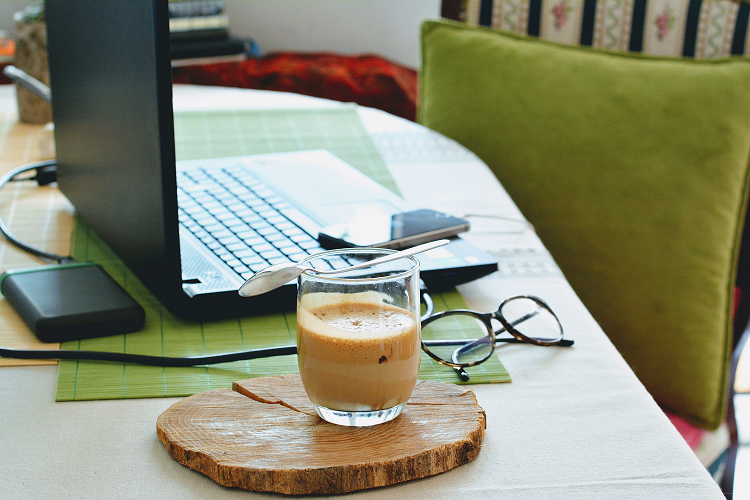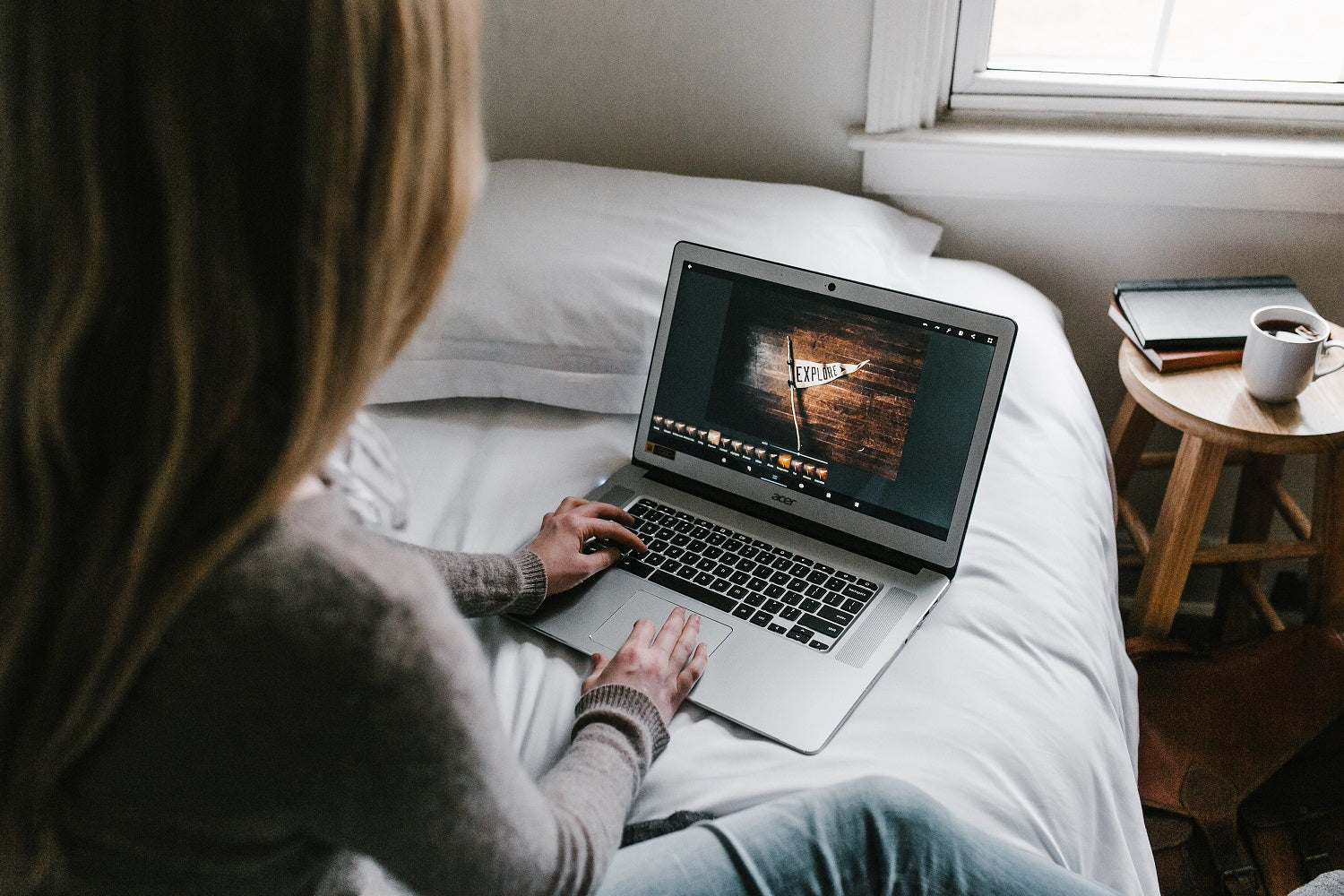Heat Treatment: Simplest Solution to Body Pain
Pain is something that people can get used to as they get older. They say it is a sign of aging. The pain, discomfort,...
Avoid Back Pain While You Work at Home
Working at home means that you do not have access to all the advanced facilities and amenities a modern office normally has, from a well-supplied...
Working at Home: How To Deal with Back Pain
Today’s fast-paced society and advancements in technology result in different working styles made available to the current workforce. More workers are choosing to...
Back Pain Facts First-Time Moms Should Know
Back pain for First-time moms is regularity in a mother’s life and first-time mothers should be aware of what it brings. While motherhood is...
Work-related Back Pain: The Danger of Sitting All-day
A productive day can be quite fulfilling but it can all be spoiled if everything ends up with back pain. And who doesn’t suffer...
Taking a Chance with Non-Pharmacological Pain Treatments for the Elderly
Let’s just admit it, sometimes medicines can be scary when considering possible side effects, they may have! This can even get scarier with the elderly...
-
- 1
- 2
-




